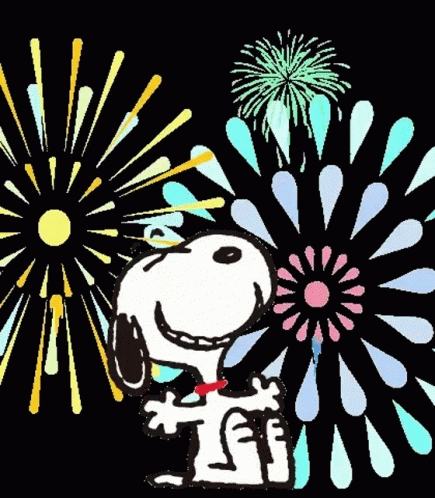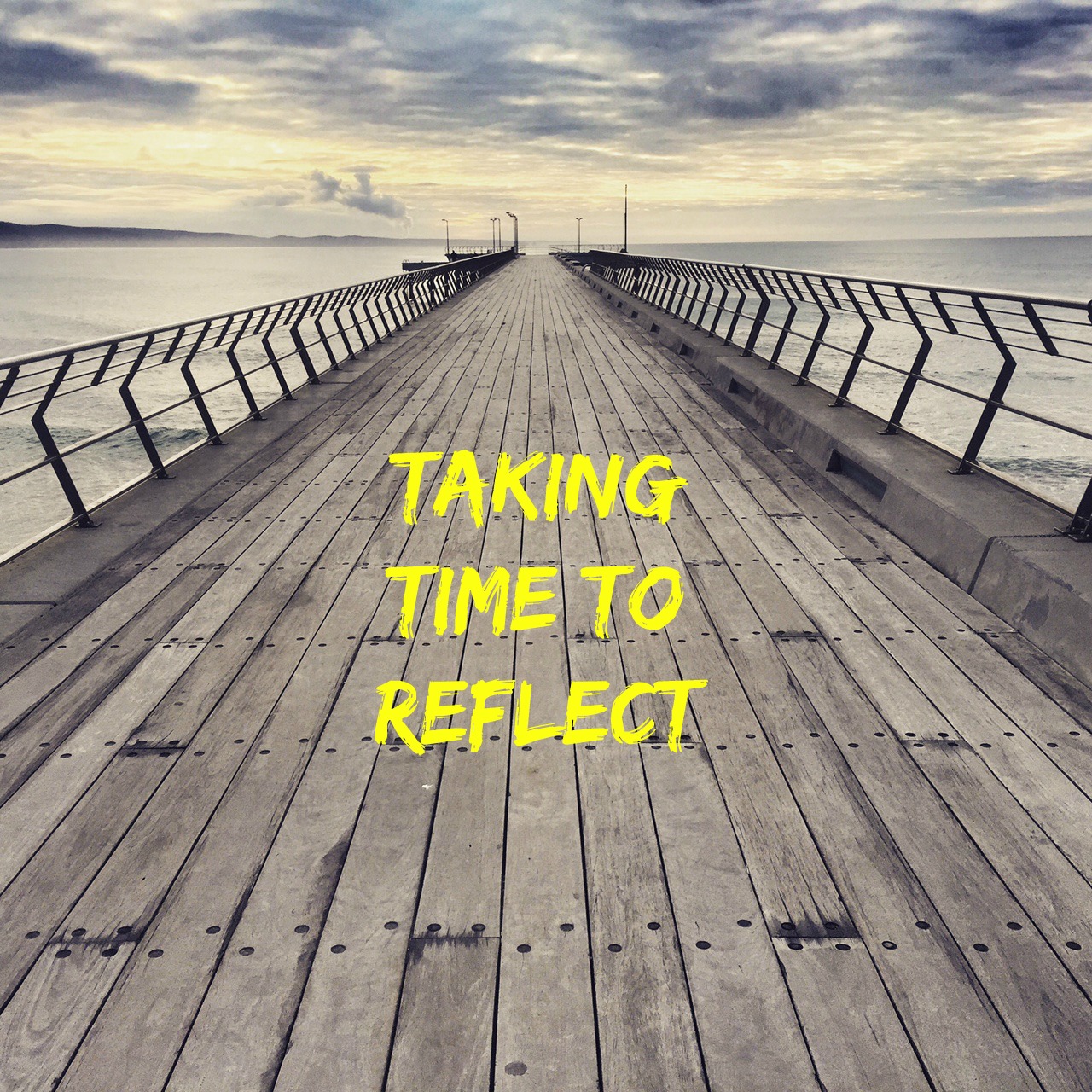The artifact bag is a project that we, unfortunately, get a chance to do in class. But luckily some students in our class incorporated it into their inquiry lesson, so I was able to see how it worked!
Artifact bags are associated with Inquiry Lesson Plans because they require students to conduct an investigative process to figure out what and who the artifact bags are representative of. In addition, students need to figure out why these artifacts are significant. During group 4 inquiry's lesson, the students had to pull one item from the bag and form a hypothesis on where they thought the items were from. The students then pulled one item at a time and identify its significance.
According to the article "Building literacy skills across curriculum: Forging connections with the past through artifacts", "Using artifacts" can be used as a "motivational strategy that can tie readers to a variety of genres and bring a period of history to life in the process". This article discusses how it is important to integrate teaching with research-based teaching strategies such as scaffolding, activating prior knowledge, predicting, modeling, think-alouds, questioning and summarizing. Having good classroom practices is vital before you can begin using an artifact bag. Below is a list of the steps to take when utilizing an artifact bag.
According to the article "Building literacy skills across curriculum: Forging connections with the past through artifacts", "Using artifacts" can be used as a "motivational strategy that can tie readers to a variety of genres and bring a period of history to life in the process". This article discusses how it is important to integrate teaching with research-based teaching strategies such as scaffolding, activating prior knowledge, predicting, modeling, think-alouds, questioning and summarizing. Having good classroom practices is vital before you can begin using an artifact bag. Below is a list of the steps to take when utilizing an artifact bag.
What I enjoyed most about the article was how it gave a wide array of examples of where to continue with this project. For example, one way was to have students read books in literature circles tied to the topic to integrate reading and social studies more closely. Another way is to focus on social studies and use this project as a way to motivate students to begin the new unit. A final direction is to do an in-depth research project and have the students do a multigenre presentation. Multigenre writing is important because it offers teachers and students a thought-provoking way to explore literature and integrates social studies and writing.
The article concludes by discussing different ways to acquire these artifacts, something that I feel is very important. I know that when my group was debating whether or not to utilize an artifact bag one challenge was where to find the artifacts to use. The article suggests calling a local library or to an art or historical museum. You also could search in second-hand stores or antique shops. Even using the internet and sites such as eBay could be helpful!
The article concludes by discussing different ways to acquire these artifacts, something that I feel is very important. I know that when my group was debating whether or not to utilize an artifact bag one challenge was where to find the artifacts to use. The article suggests calling a local library or to an art or historical museum. You also could search in second-hand stores or antique shops. Even using the internet and sites such as eBay could be helpful!
Regarding social studies learning, the artifact bag forced students to take time to observe and reflect in an interactive manner. Students had to go through the 5E cycle and ask the 5 w's (Whose bag is this? What is in this bag? Where is this bag from? When should I figure this out by? Why do I have to figure it out?).
This was an activity that my group wanted to incorporate into our inquiry lesson but did not get the chance to. Our original plan was to split the students into three groups and each give them a bag. Each bag was to represent a different type of climate (cold, warm, mild) and have objects in the bag to reflect the climate. Students were to pick items from the bag one by one and hypothesize what climate they had.
Although I did not get a chance to physically do this project, it is definitely something that I will keep in mind for the future. I want to use this in my future classroom to educate students in inquiry and social studies.















